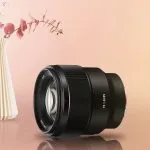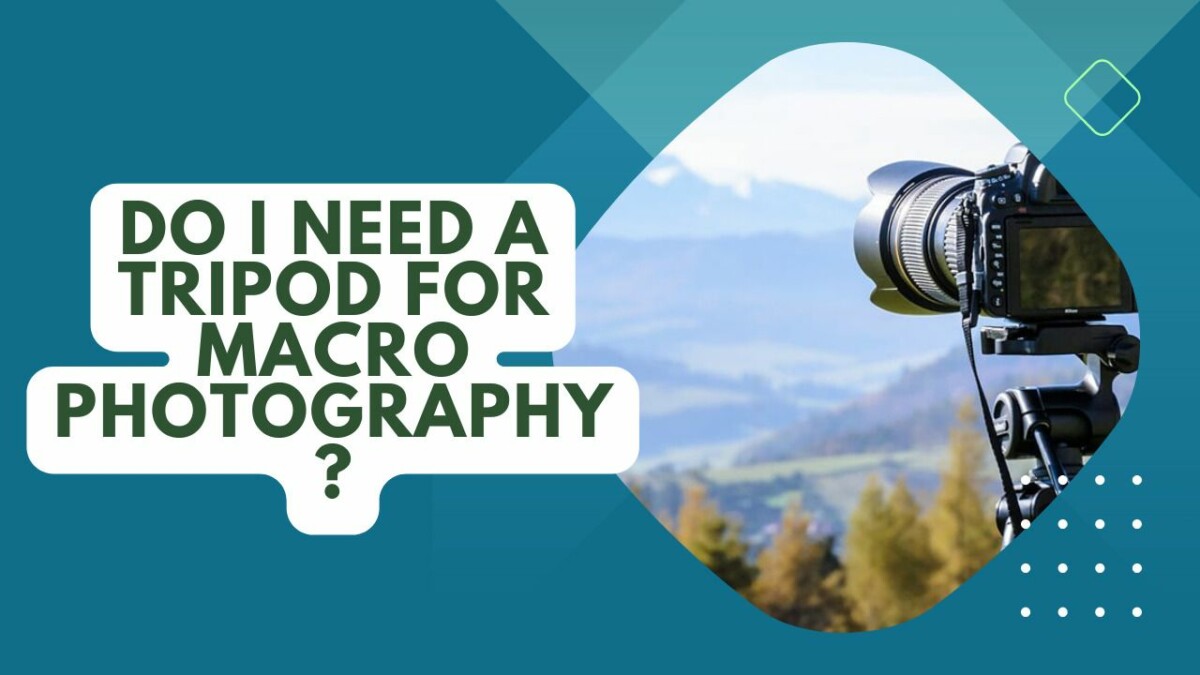 So, you’re starting to dip your toes into the captivating world of macro photography, right? It’s a common conundrum for about 75% of photographers, whether to go for a tripod or just wing it handheld.
So, you’re starting to dip your toes into the captivating world of macro photography, right? It’s a common conundrum for about 75% of photographers, whether to go for a tripod or just wing it handheld.
Both options have their own pros, but it really comes down to what you’re aiming to capture, the lighting conditions, and the type of shot you’re going for. If you’re trying to capture stills in a low light scenario, a tripod might just be your best bet.
But if you’re looking for more freedom in terms of angle and composition, going handheld could be your ticket. This guide aims to break down the nitty-gritty of shutter speed, the effects of ISO, and techniques like focus stacking.
Let’s delve into this whole tripod vs handheld debate together, shall we?
Do You Need a Tripod for Macro Photography?
Having a tripod at your disposal for macro photography is often a good idea. Since you’ll be focusing super close to your subject, even the slightest camera shake can be an issue. A tripod helps ensure your camera remains stable, and your shots come out sharp.
So, you’re curious about how fast you can tweak your shutter speed when you’re out capturing the tiny world through macro photography, right? And how does this whole shutter speed situation affect your decision about whether to lug around that pesky tripod or not? Well, let me tell you, the shutter speed and the depth of field in macro photography are super tight – they’re like besties influencing each other all the time.
Now, here’s the thing. When you crank up your shutter speed, it’s like freezing time. You’ll get those super crisp images even if you’re just holding your camera in your hands, no tripod necessary. But on the flip side, if you slow things down with your shutter speed, you’re going to need a tripod to keep everything steady and avoid those annoying blurry shots.
Shooting macro without a tripod can be a bit tricky, mostly because of that pesky camera shake. But don’t worry, there are ways around it. You can shoot when the sun is high and bright or just use a flash to get faster shutter speeds. You could also go for a wider aperture, but keep in mind, this will cut down your depth of field, which might blur out some parts of your subject.
In a nutshell, if you can master fast shutter speeds, you might be able to ditch the tripod for handheld macro photography. But remember, it’s not just about speed. You gotta consider the lighting, depth of field and, of course, keeping your camera steady. It’s all about finding that perfect balance, man.
The Benefits of Using a Tripod in Macro Photography
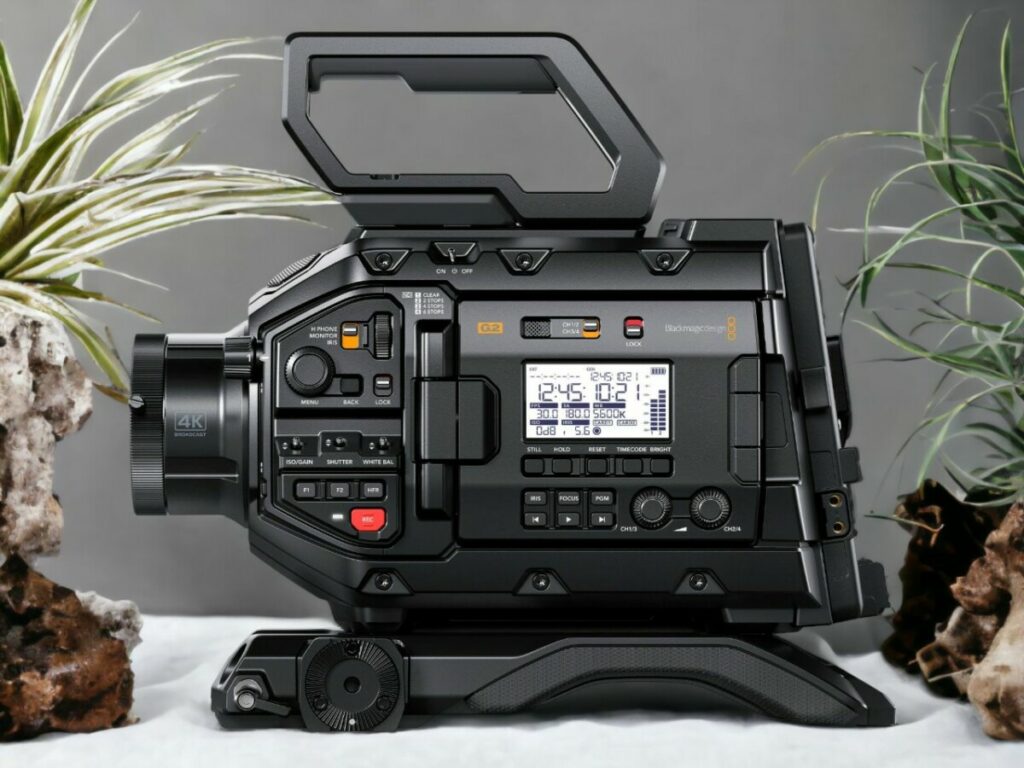
No doubt about it, using a tripod in your macro photography game is a total game-changer. Not only does it give you killer stability and accuracy, but it also comes with a bunch of other perks that might just blow your mind.
- Think about other ways to stabilize your shots in macro photography: monopods, bean bags, or even just the way you hold your body. But let’s be real, none of these come close to the rock-solid stability a tripod brings to the table.
- Long exposure shots are a breeze with a tripod. You can keep that shutter open for longer without worrying about camera shake, letting you capture every tiny detail, even in low light. It’s like having super night vision.
- Ever tried focus stacking? This is where you blend together multiple images with different focus points. Trying to pull this off without a tripod is like trying to juggle while riding a unicycle. Good luck with that.
- Want sharp, crystal-clear images every time? A tripod has got your back. No more shaking to mess up your perfect shot, meaning you get consistently top-notch images in macro photography.
Understanding the Impact of ISO Settings on Image Quality
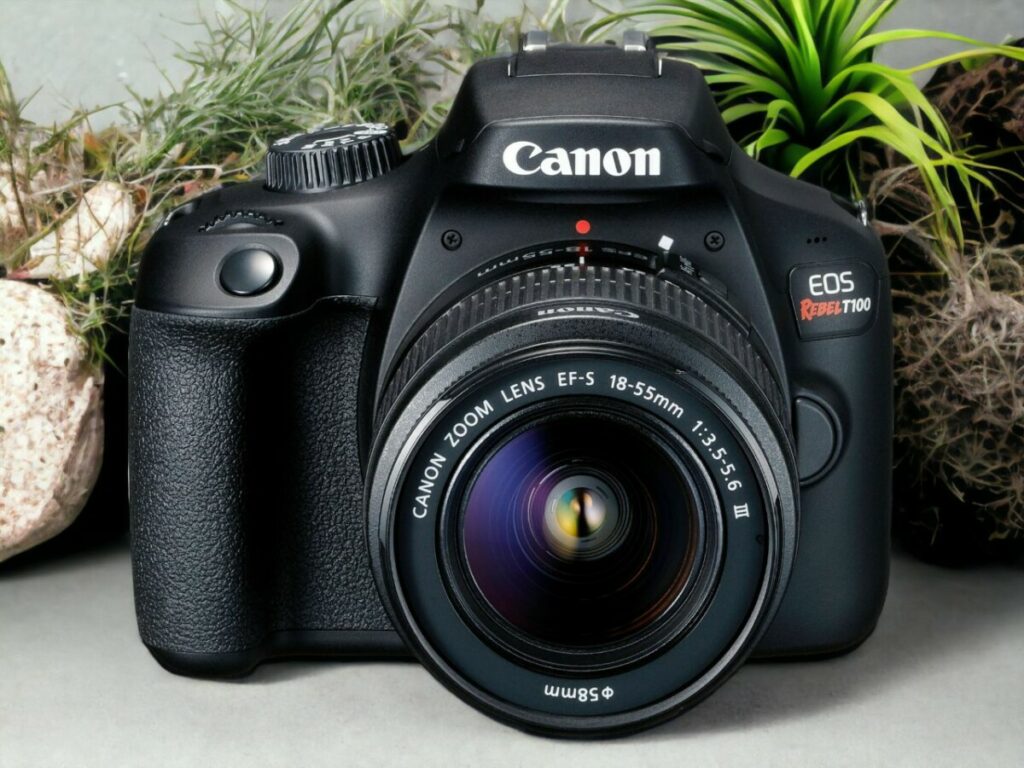
So, you’re diving headfirst into the world of macro photography, right? Well, it’s super important to get your head around the effect ISO settings can have on the quality of your photos. Crank up the ISO too high and you’ll find yourself dealing with overly noisy and grainy images, which is a total buzzkill when you’re trying to capture those super fine details. If you’re shooting macro without a tripod, you’re likely to be better off sticking with a lower ISO and cranking up the shutter speed to keep that pesky noise to a minimum.
But, let’s face it, it’s not always practical to stick with low ISO settings. Like, what if you’re shooting in low-light conditions? That’s where a trusty tripod comes into play. With a tripod, you can slow down the shutter speed and keep the ISO low, which will help you to score those high-quality images you’re chasing.
The bottom line? Mastering your ISO settings is absolutely key if you want to take top-notch macro photos. Trust me, it’s worth taking the time to figure it out. Get it right and you’ll see a huge difference in your shots.
Lighting Considerations for Handheld Macro Photography
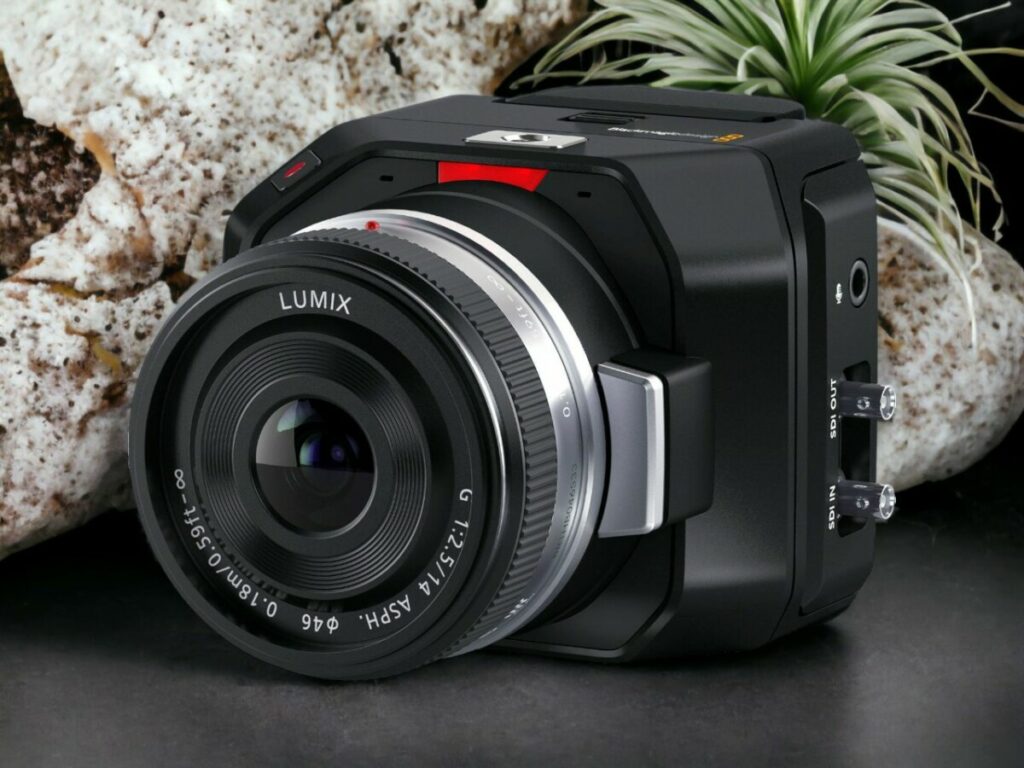
In the world of handheld macro photography, lighting is a total game-changer. It’s like the secret sauce that can either nail your shots or totally mess them up. So if you want to ace your shots, you’ve got to get a grip on lighting techniques and understand how they can jazz up your images.
So, here’s the 411 on lighting for handheld macro photography:
- First off, natural lighting is your best friend. Chase the golden hours for that soft, dreamy light and give a hard pass to the harsh midday sun. It’s notorious for casting heavy shadows and overexposing your images.
- Reflectors and diffusers are the real MVPs. Reflectors act like mirrors, bouncing light onto your subject, while diffusers are like the peacekeepers, spreading light evenly to keep shadows in check.
- Don’t be afraid to mix things up. LED lights or flashes can work wonders on your subject.
- Know your camera like the back of your hand. Tweak your ISO and shutter speed to deal with a range of lighting conditions.
Just remember, good lighting can turn an okay-ish macro shot into a total work of art.
The Technique of Focus Stacking in Macro Photography
So, you’ve probably heard about this thing called focus stacking in macro photography, right? It’s pretty rad, honestly. Basically, it’s all about getting that sick depth of field in your photos that makes them pop. How do you do it? It’s a bit of a process, but stick with me.
You need to take a bunch of pics, each with a different focus point. Then, you mash them all together to create one super sharp image. Sounds easy, doesn’t it? Well, not quite.
See, it’s a bit of a tricky beast. You need to be spot on with your focus control, and a tripod is usually your best bet for that. But hey, don’t stress if you don’t have one or can’t get the hang of it. There are other ways to get that sharp focus in macro photography. You could play around with a smaller aperture, or even use some software enhancements.
I won’t lie to you, focus stacking in macro photography can be a bit of a head-scratcher. But don’t let that scare you off! With a bit of practice, the right gear, and a solid understanding of what your camera can do, you’ll be nailing this technique in no time. And trust me, the results will be totally worth it. Your macro shots are going to be off the charts!
Final Thoughts on the Necessity of a Tripod in Macro Photography
Alright gang, let’s wrap this up. We’ve been orbiting around the question, ‘Do I need a tripod for Macro Photography?’ and it’s been quite a ride, hasn’t it? But before we adjourn, let’s give a quick throwback to a few more essential photography hacks, shall we?
One such topic of equal importance is a common myth around flash photography causing damage to paintings. Many of us humble shutterbugs wonder if the flash from our fancy cameras is wreaking havoc on pieces of art. Go ahead and check it out, and put that myth to bed once and for all.
And speaking of flash photography, remember the age-old debate about museums allowing flash photography or not? This discussion has probably given many of us grey hairs. Well, the answer ain’t as black and white as you’d think. So, strap yourself in and get ready to dive into that controversy.
Lastly, if you’re the type who’s all about the gadgets and gizmos, let’s shine some light on the topic of ring lights usage for product photography. A nifty tool that could give your shots that extra oomph! Yeah, buddy, it’s all about making your photos pop!
So, the core OG question remains— ‘To tripod or not to tripod?’ After all, more knowledge never hurts, right my fellow photography enthusiasts? Until next time, keep that shutter clicking!

Photographer & Writer
I specialize in landscape, street and portrait photography and I have been featured in various galleries and publications. I believe that photography is a way to tell stories!
